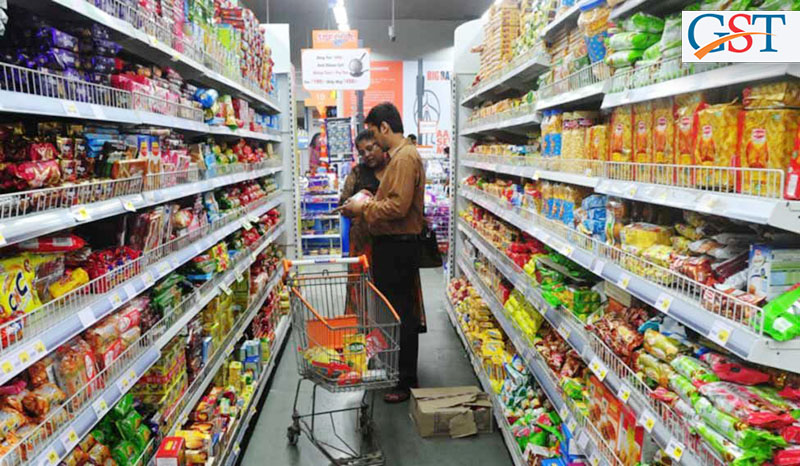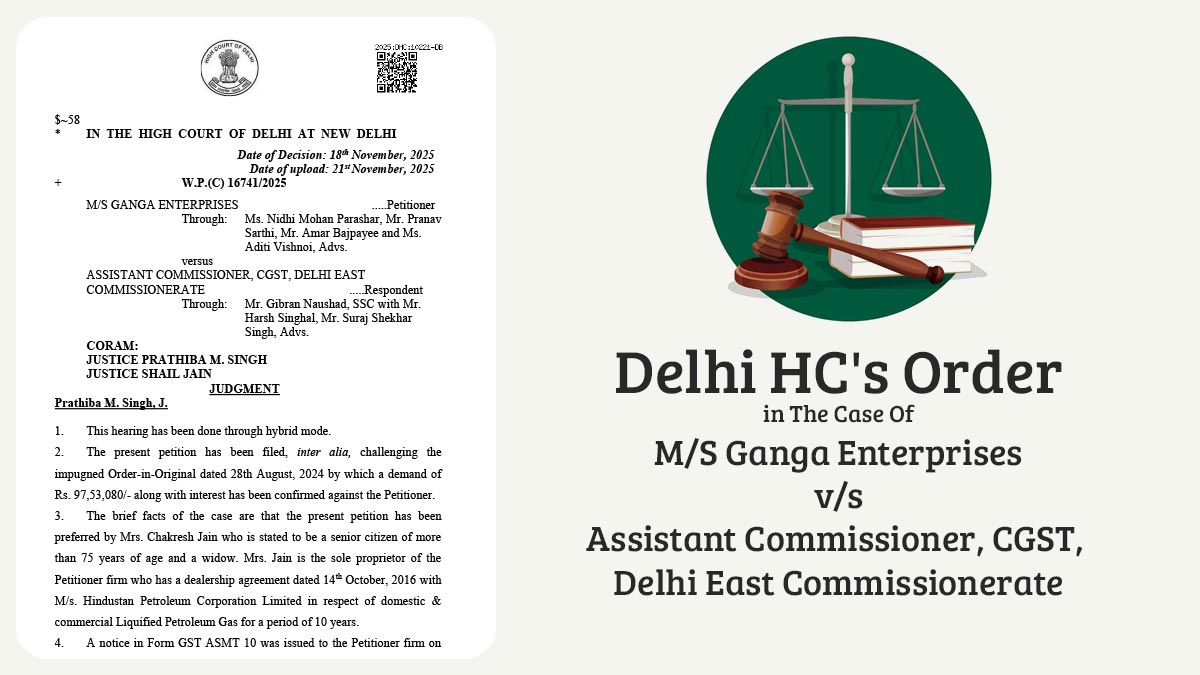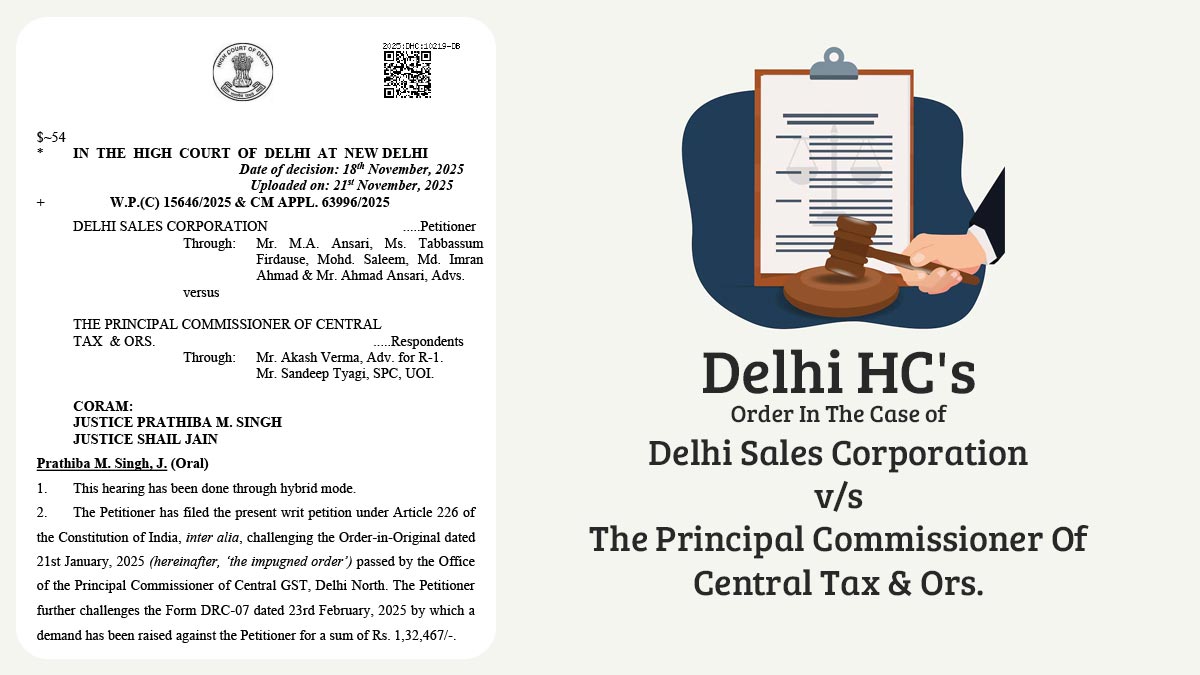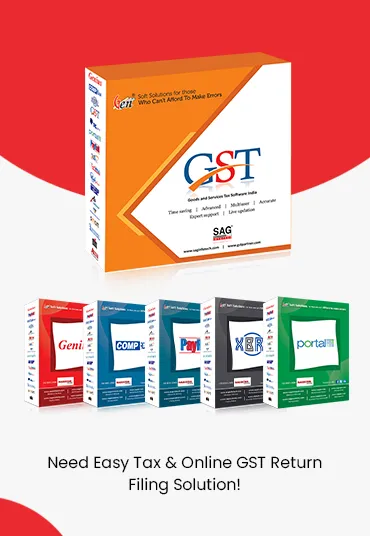
The Goods and Services Tax (GST) is the most transformative step in India’s history of indirect taxation. It received Presidential assent on September 8, 2016, and has evolved significantly with the “Next-Generation GST Reforms 2.0″ introduced in September 2025. The 2025 GST 2.0 reforms merged the 12% and 28% tax slabs, significantly reducing prices for many appliances (now at 18%) and some essential items (now at 5%).
GST subsumed all other indirect taxes like Excise duty, Additional Customs duty, VAT, CST, Entry Tax, Service Tax, Luxury Tax, etc., so that a consumer is not need to pay double taxes, by paying GST, he/she can make himself/herself free from his/her tax liability in once in regards to such product or service. So overall by the GST implementation, the mandatory compliance has been reduced. GST makes the indirect tax system transparent, as the consumers would know how much tax they are being charged and for what.
In an Indirect tax regime, the burden of the tax is always on the consumer, so in this article, we will see how much GST is consumer-friendly.
Less Burden of Tax Liability
GST has reduced the tax liability burden as there is only one taxing rate in place of the various tax rates of Excise duty, Service tax, VAT, CST, etc. Consequently, it resulted in a lower cost for some products and services.
Elimination of Cascading Tax Effect
GST is a transparent tax regime, so there is no chance of charging tax on tax, in the previous system, a consumer had to suffer the cascading effect of the tax, here cascading tax effect means double taxation on the same product or service.
Important: Revised GST Slab Rates in India FY 2022-23 Finalized by the GST Council
Cheaper Product and Service
In the previous indirect system, products and services are liable to be charged with various taxes on production a product attracts the excise duty on every value addition in the product attracts VAT, interstate sales attract CST, Service Tax on services, Entry Tax etc., as and when it got transferred from one to another person before reaching the consumer for consumption, which unnecessarily increased the cost of product or service.
GST eliminates this cascading effect subsequently, the cost of products and services is now cheaper for the end user. So, GST assures that the tax burden will be reduced.
Read Also: 7 Secret GST Benefits that Everybody Wants to Know
Conclusion: Overall, in the GST regime, it is targeted to lesser the Compliance burden, reconstruct the taxing liability and make it more consumer-friendly, which subsequently supports the country’s economy and GDP positively.









